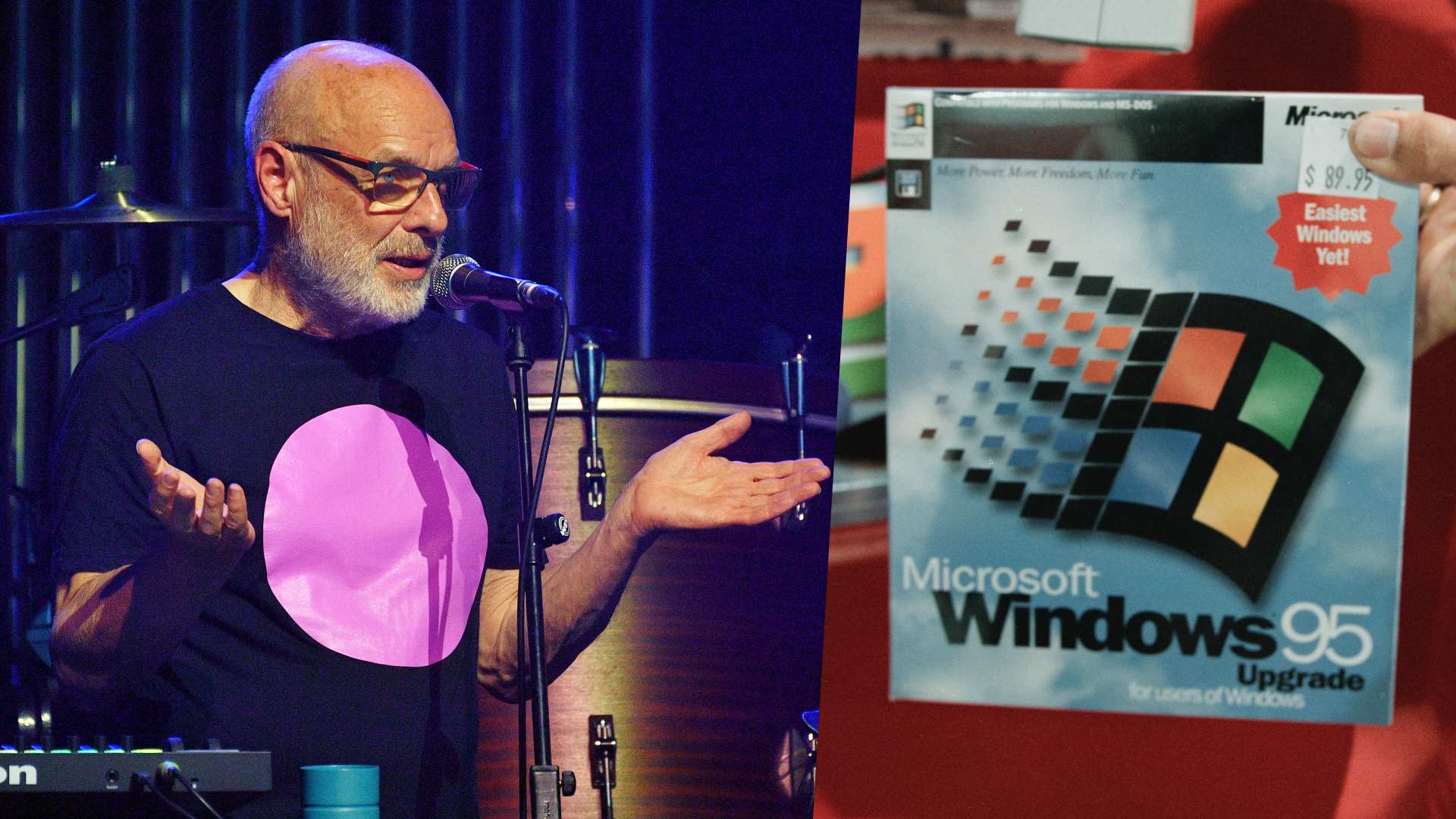Korg announces Keystage, its first MIDI 2.0 keyboard controller, with polyphonic aftertouch, audio out and official integration with Ableton Live
Is this the smartest MIDI keyboard yet?
Everything is OK, the future has arrived - finally! It seems like MIDI 2.0 has been dangled in front of our faces for a while now and we've been patiently waiting for manufacturers to jump aboard the long-awaited evolution of the aged data protocol. Well, it looks like the wait might be over as Korg announces the release of Keystage, a MIDI 2.0 keyboard controller with polyphonic aftertouch. Could this be the beginning of a huge MIDI 2.0-equipped influx?
While we can't say for sure that this announcement will release a deluge in MIDI 2.0 produce (though the signs are quite likely), we can say that Korg Keystage features unparalleled DAW integration, plus powerful arpeggiator and chord functionality.
Coming in both 49 and 61 key variants, the controller is equipped with a semi-weighted keybed that can muster polyphonic and channel aftertouch as well as MPE, which has been developed with Ashun Sound Machines of Hydrasynth fame.
As for DAW integration, a huge number of digital audio workstations are covered, but currently, it's only Ableton Live that has official integration, alongside Korg's own Gadget 2.0. Both of these will have limited editions bundled with the keyboard. Check the full list of supported DAWs below...
Ableton Live (Official Integration)
Korg Gadget (Official Integration)
Cakewalk
Cubase
Digital Performer
FL Studio
GarageBand
Logic Pro X
Pro Tools
Studio One
The promise with MIDI 2.0 is that you won't have to worry about running scripts or mapping MIDI just to get your DAW to talk to your controller, which is exactly what Keystage promises – seamless plug-and-play compatibility.

Aside from the the new keybed, other tactile control comes in the form of your standard pitch bend and modulation wheels. While parameters are tweaked via eight control knobs, with each rotary sitting above an OLED screen for visual parameter feedback.
Get the MusicRadar Newsletter
Want all the hottest music and gear news, reviews, deals, features and more, direct to your inbox? Sign up here.
Playback options are aplenty with an arpeggiator that comes with a ton of patterns and includes aftertouch-triggered ratchets, randomization and gating, while the chord mode is rammed to the gills with a suite of 32 chord sets and a further 32 slots to save your own.
In the I/O department, you are treated to USB-B, MIDI, expression and damper ports which are also joined by two unbalanced 1/4" TS outputs and a stereo headphone output. There are no audio inputs, so this will be purely for monitoring purposes with audio being handled at 44.1 kHz, 16-bit.

First impressions
The audio out is a neat little extra, but we'd prefer Korg went the whole hog and added a full audio interface with a higher sampling rate. Also, no USB-C? We kicked off this article with "the future has arrived" but maybe it is always just around the corner.
We're nitpicking, of course, and we won't really have a proper opinion on Keystage until we give it the full review treatment, which will be happening soon.
Prices start at £499 for the 41-key version and £599 for the larger 61-key edition. Both aren't on sale just yet, we'll have more on that soon and we're hoping that a fully-weighted 88-key version is in the works, too.
In the meantime, you can find out more on the KorgUK website.
Full specs

- Keyboard
- 49 keys or 61 keys Polytouch* keyboard
- Features velocity sensitivity, aftertouch, and polyphonic aftertouch
- Velocity curves: 21 (-10 to +10)
- Octave range: 7 (-3 to +3)
- Controllers
- Pitch bend wheel, modulation wheel
- parameter control knobs × 8
VOLUME knob - SETTINGS button
- WRITE button
- EXIT button
- SHIFT button
- ARP button
- CHORD button
- VALUE ^/ buttons
- VALUE dial
- PAGE —/+ buttons
- transport buttons
- TEMPO button
- OCTAVE —/+ buttons
- Display
- Main display: Organic EL (electro-luminescence) display
- Sub display: Organic EL displays x 8
- Scenes
- 16
- Arpeggiator
- Arpeggio rhythm patterns: 20
- Chord mode
- Preset chord sets: 32
- User chord sets: 32
- I/O
- USB port, MIDI (IN, OUT connectors), EXPRESSION jack, DAMPER jack
- Audio output
- AUDIO OUT (L/MONO, R): 6.3 mm TS phone jack (unbalanced)
- Headphones: 6.3 mm stereo phone jack
- Control inputs
- Damper (half-damper supported)
- Expression
- MIDI
- In, out
- USB
- Type B
- MIDI/audio interface
- MIDI: 1 in/1 out
- Audio: 2 ch out
- Audio format: 44.1 kHz, 16-bit
- Power
- USB bus power or AC adapter (9 V DC, : Korg KA350, sold separately)
- Power consumption: 5 V/500 mA or less (when powered via USB), 4w (when using an AC adapter)
- Dimensions
- Keystage-49: 814 × 234 × 82 mm
- Keystage-61: 979 × 234 × 82 mm




I take care of the reviews on MusicRadar and Future Music magazine, though can sometimes be spotted in front of a camera talking little sense in the presence of real musicians. For the past 30 years, I have been unable to decide on which instrument to master, so haven't bothered. Currently, a lover of all things high-gain in the guitar stakes and never one to resist churning out sub-standard funky breaks, the likes of which you'll never hear.
MusicRadar deals of the week: Enjoy a mind-blowing $600 off a full-fat Gibson Les Paul, £500 off Kirk Hammett's Epiphone Greeny, and so much more
“For those who think they know Joel’s story, as well as those who are not as familiar, I believe this two-part film is both a revelation and a surprise”: New Billy Joel doc is on the way









